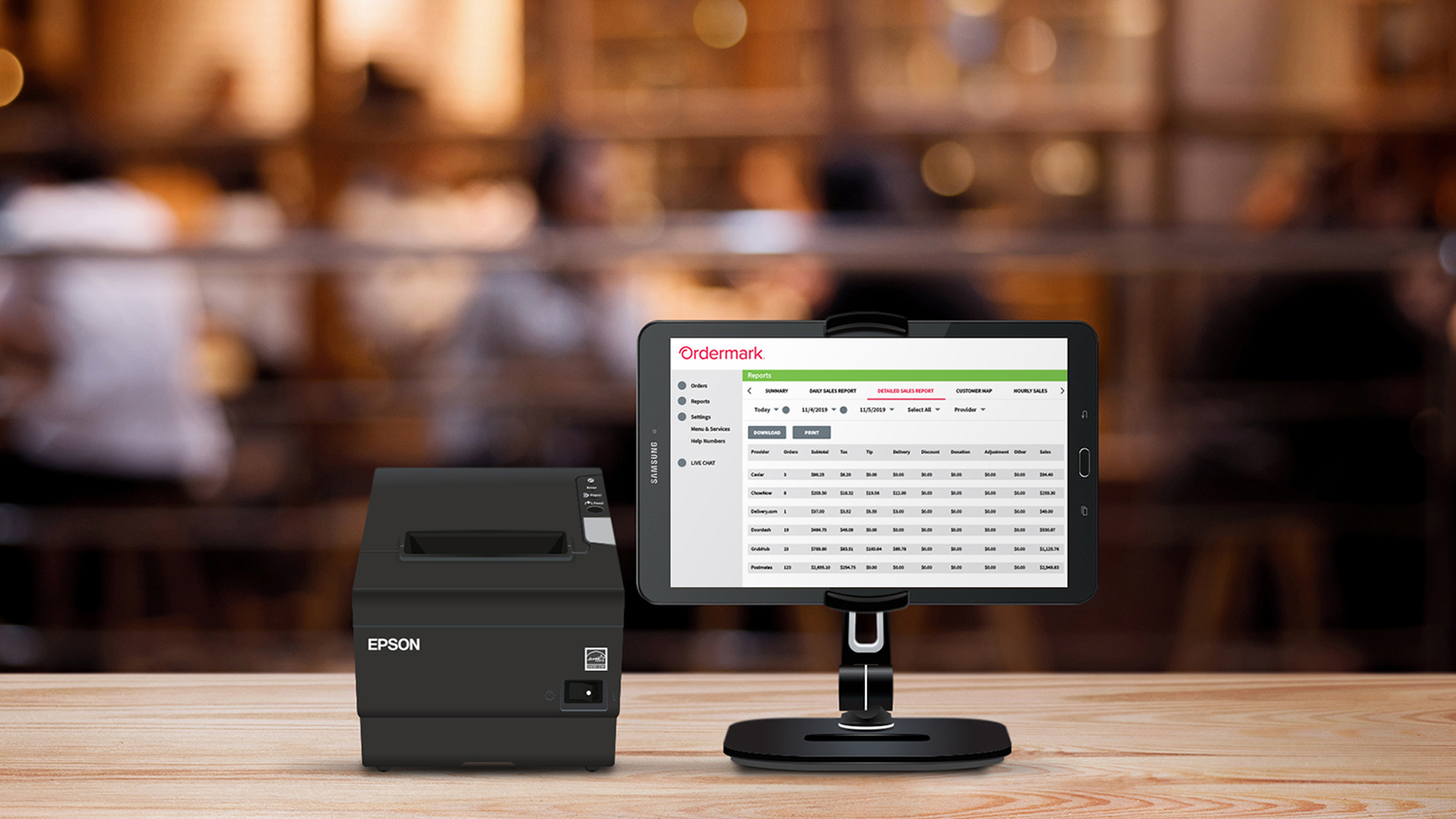Entrepreneurial Hospitality: How Fourth-Generation Restaurateur Alex Canter Became a Tech Mogul
4 Min Read By Adam Guild
Sometimes it’s easy to pinpoint where the entrepreneurial spark catches fire. For Alex Canter, it was at a spot in his family-run restaurant nicknamed “The War Zone.”
The space earned that moniker because staff used it to handle delivery orders from a multitude of online platforms. For them, it had become a logistical nightmare. For Canter, it was a problem to be solved. In the process, he built a company now worth nearly $100 million, simply by solving a problem he noticed as a restaurant owner and sharing that solution with others.
The 27-year-old grew up in Canter's Restaurant, which has been a Los Angeles institution since 1931 and even immortalized in a scene from "Mad Men." His great grandfather started the eatery and his father has worked there for years. Canter was given the nickname “Mini Patron” and began waiting tables at an early age.
At just 17, he was named director of business development and the role suited him, as he was interested in looking for new ways to do things. One summer, he completely rewrote the menu. He also added a POS system and created a mobile-friendly website.
Canter felt as if the family business was his playground and there seemed to never be a doubt that he would make working at the deli a career. But, first, college became a testing ground for his entrepreneurial nature.
It was at the University of Wisconsin-Madison where he studied economics and entrepreneurship that Canter learned some of his greatest lessons.
He formed Red Lights, LLC, so he could throw the Red Lights Music Festival. He attracted others to help produce the event, got all of the necessary permits, and set out to raise $500,000. That proved to be an insurmountable challenge. The experience taught him an important lesson: start smaller next time and build something that could be a stepping stone to something larger.
If you are not thinking about the next generation of your restaurant, there will not be one.
Another business venture, Rebel Kitten, was launched to help students sell their artwork. However, one of the initial works Rebel Kitten listed was an image of a celebrity’s face. While the artwork was successful at generating attention, it led to a cease-and-desist notice. While the business did not get off of the ground as Canter had planned, it did teach him that this venture was not his calling – and that he needed to find something he was more passionate about.
After graduation, Canter moved back to Los Angeles and was reunited with that true passion – helping the family business. Little did he know at that “War Zone,” he'd soon find another passion.
Focused on helping grow the business, Canter found a way to generate millions of additional revenue through the use of third-party delivery services such as Grubhub and DoorDash.
At one point, he had the deli on 14 online delivery service platforms, believing that if the family business was not on them, it did not exist to the people who used those services. The latter may have been an accurate assumption, but Canter soon discovered that using all of the platforms was more than a challenge. Each platform was independently designed, with its own system and hardware. That meant that orders came into the deli on about nine different tablets and a fax machine.
When an order came in on a digital screen, it had to be transferred to the kitchen. And there was manual entry into Canter’s Restaurant system, which understandably led to inefficiencies and room for human error. As a result, there were mistakes with orders, some of them going out with the wrong delivery driver.
Canter knew had to find a solution to this. While he had boosted revenue through the use of online ordering services – they helped bring in 30 percent of the family business’s revenue – the challenges were burdensome.
He was invigorated when thinking of how to solve the problem. Ultimately, he began to build what would become Ordermark from behind Canter’s Deli counter. The solution streamlines incoming orders from online delivery services by sending them through a single printer and dashboard.
Within two years, Canter and his co-founders had raised more than $30 million from top venture capitalists, including TenOneTen Ventures, to build and launch Ordermark to thousands of restaurant brands. To date, more than 3,000 brands have partnered with the company.

But, creating the online order management solution did not come without its own set of challenges. While Canter recently moved Ordermark into its new, 30,000-square-foot California headquarters, initially they were a small team. He fielded calls at 3 a.m. from customers asking him to pause and unpause third-party delivery services, and he personally updated accounts.
Canter even drove to restaurants and installed the Ordermark hardware. He worked nonstop on the venture because he wanted to solve a problem, not only for his family’s business, but now for others.
One customer is now bringing in $30,000 in sales from each of his locations, totaling about $1 million in additional revenue – all thanks to Canter’s order management solution.
Canter understands how much he has helped others, and this year, he wants to do even more. He plans to integrate Ordermark with existing technologies such as POS systems, mapping it to a restaurant’s existing infrastructure.

And the company gives back: they formed Ordermark Cares, which works with pediatric specialists to identify low-income families with children battling serious illnesses. Through partnerships with restaurants, food delivery platforms, and donors, Ordermark Cares provides free meals to the hospital or home.
For Canter, tech innovation is all a part of the necessary evolution of the restaurant industry. It’s something he saw at his family business, and it's where he continues to excel.
“There’s nothing more damaging than being closed minded to bringing in new technology,” he said. “There’s a huge change happening in consumer behavior. Over 800,000 [brick and mortar] restaurants in the US are now forced to have digital fronts. If you are not thinking about the next generation of your restaurant, there will not be one.”


